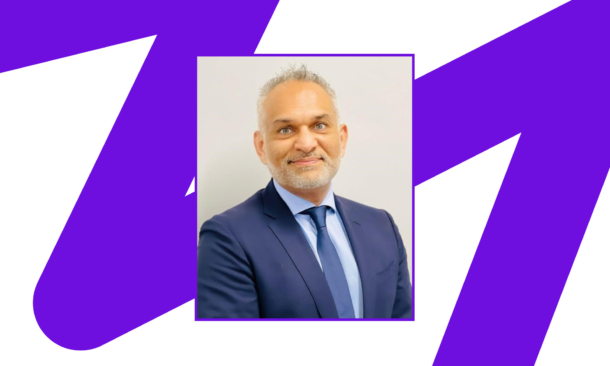Written by Priska Uusitalo | Editorial Assistant, European Medical Journal
![]()
MENTAL HEALTHCARE within the UK and globally has come under increasing scrutiny. With mental health problems being the main cause of overall disease burdens, the second leading cause of disability worldwide, and a major contributor to suicide,1 there are calls for innovation in the way healthcare professionals treat patients with these diseases.
Speaking at this year’s Digital Health Technology Show, which took place at the ExCeL Centre, London, UK on the 8th March 2017, was Bill Bunting, co-founder of Aloha Healthcare, Jacksonville, Florida, USA, who discussed some of these concerns. He began by explaining that health and care had become siloed and rather than having a system in place that integrates both the health and care of patients, the two are isolated terms, never really having a chance to cohere or interact with each other. Historically, he explained, doctors would take time to listen to, observe, and engross themselves in their patients, taking time to accurately understand and diagnose the person sitting in front of them. Now however, due to various pressures, healthcare services have switched their focus to emphasise the volume of patients seen rather than the value of the service they provide and therefore the health and care of the person has become jeopardised.
Bunting stated that there is nothing more personal than the healthcare industry. We as patients put our lives in the hands of our doctors with our most personal and intimate problems and ask them to respect, diagnose, and treat us accordingly. But when a one-size-fits-all approach is adopted, how is it truly possible for your doctor or healthcare professional to understand you as a person? The healthcare thus becomes fragmented, merely prescribing or ‘solving’ a small portion of the overall health concern.
Bunting continued to break this down. He explained that a healthcare professional would know approximately 5% of someone’s health based on the short amount of time that person sits in front of them and describes their health concern. He stated that this short period of time is approximately 13–16 minutes in the USA and roughly 8–10 minutes in the UK.2 Doctors no longer have time to listen and observe their patients, let alone connect with them. It is within this short space of time, or this 5% of knowledge, that help is given. However, the remaining 95%, what happens outside the doctor’s office, the factors that influence a person’s wellbeing, and the socio-economic, environmental, and behavioural factors, is ignored. Doctors therefore provide a short-term fix based on the 5% they observed whilst the remaining 95%, arguably the more important part of diagnosis, becomes invisible.
Bunting argued that if this 95% were to be observed, healthcare professionals would have a far greater understanding of their patient’s state of mind, health, and illness. But examining the ways external factors influence a person’s wellbeing is a far more powerful predictor than what a person may tell you within the few minutes you meet them for and therefore better diagnoses and therapy can be made.
As it stands, the far greater concern appears to be seeing a high volume of patients compared with the value of the individual appointments. Alongside this, revenue becomes a greater concern over building relationships. By adopting different strategies into the invisible side of healthcare, Bunting argued we can improve how we engage with patients and change how we encourage them to have healthier behaviours. In the age of healthcare consumerism, where companies attempt to personalise everything to a person’s individual preferences, we can no longer adopt a generic approach to treating people but must examine each individual on a separate basis.
He summed up his thoughts in the final statement: “By making life actionable for healthcare, we can start to make its delivery that much more meaningful.” Healthcare needs to be a long-term enabler instead of a short-term solution. Health and care need to be tailored. Patients can no longer be seen as just statistics; they need to be seen as people.
References
- Mental Health Foundation. Mental health statistics: UK and worldwide. 2017. Available at: https://www.mentalhealth.org.uk/statistics/mental-health-statistics-uk-and-worldwide. Last accessed: 19 April 2017.
- NHS Choice. NHS general practitioner (GP) services. 2016. Available at: http://www.nhs.uk/NHSEngland/AboutNHSservices/doctors/Pages/gp-appointments.aspx. Last accessed: 20 April 2017.
Further Reading
Bunting B. Where healthcare is ‘empty’ in dealing with the invisible. 2016. Available at: https://www.linkedin.com/pulse/where-healthcare-empty-dealing-invisible-bill-bunting. Last accessed: 19 April 2017.






![EMJ Gastroenterology 11 [Supplement 3] 2022 Feature Image](https://www.emjreviews.com/wp-content/uploads/2022/07/EMJ-Gastroenterology-11-Supplement-3-2022-Feature-Image-610x366.png)


